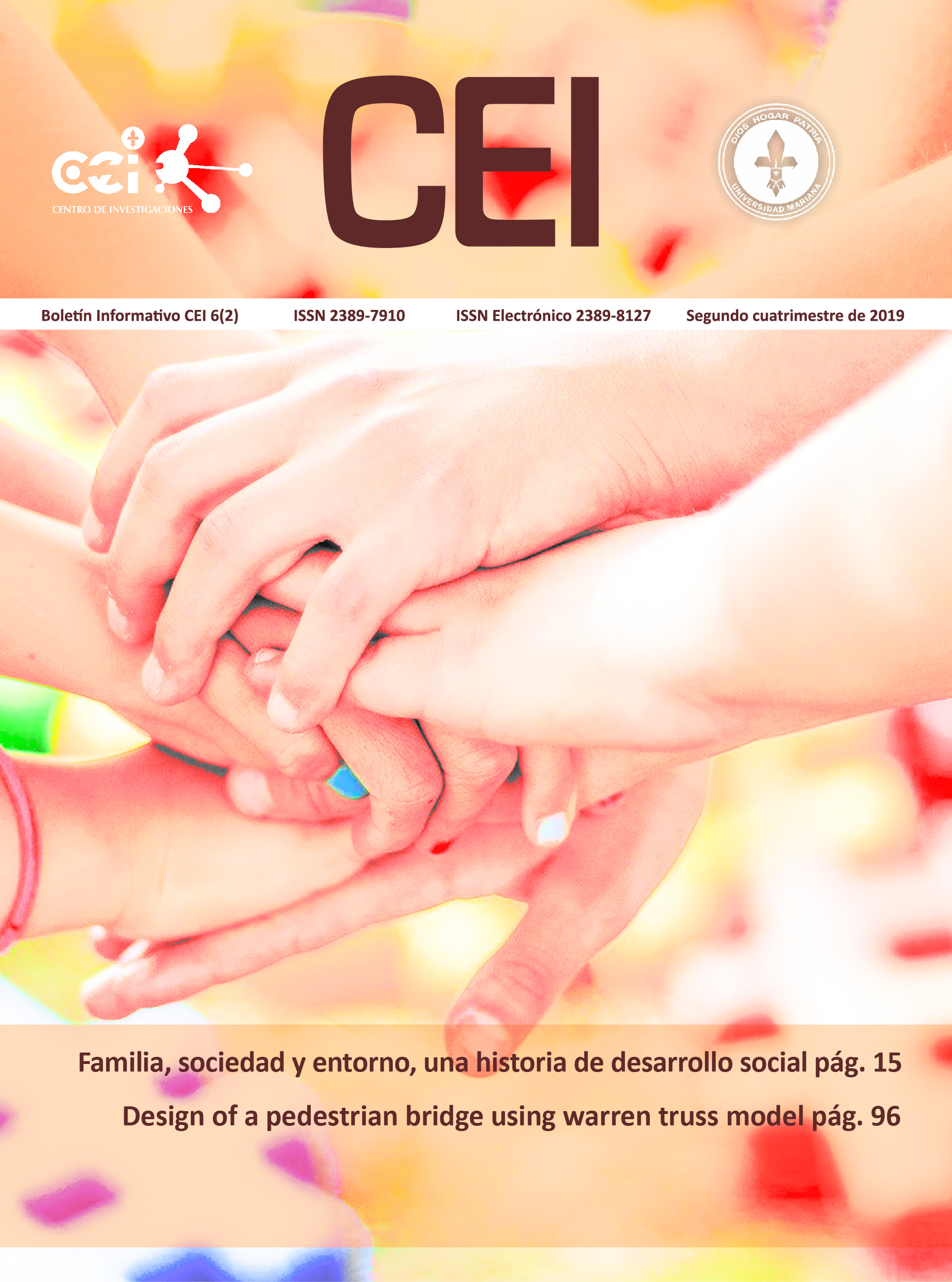Evaluation of Yausa as a Natural Coagulant in the treatment of waters for human consumption
Resumen
Water in its natural state has characteristics that can be harmful to humans; one of the most relevant are turbidity and color, which are mainly caused by very small particles. These micro particles remain suspended in the water for a long time; for their elimination the coagulation process is used. Currently, to carry out the coagulation process, chemical coagulants such as aluminum sulfate, ferric chloride and aluminum polychloride are commonly used; its use can present disadvantages in the short and long term; for this reason is intended to determine by means of laboratory tests, the properties of the Yausa (Abutilon Insigne Planch) as coagulant, because it is a mucilaginous plant that has clarifying properties; this, in order to evaluate the substitution of chemicals in the water treatment process for human consumption, complying with Colombian regulations. For this research, factors such as pH, color, turbidity, alkalinity, the necessary coagulant dose and the optimal velocity gradient should be taken into account; the initial characteristics of the water to be treated and the final characteristics after the application of the coagulant.
Referencias bibliográficas
Aguilar, M.I., Sáez, J., Llorens, M., Soler, A., Ortuño, J.F. (2002). Tratamiento físico- químico de aguas residuales coagulación-floculación. España: Universidad de Murcia.
Lozano-Rivas, W., Lozano-Bravo, G. (2015). Potabilización del Agua. Bogotá, Colombia: Universidad Piloto de Colombia.
Ministerio de Desarrollo Económico. Dirección de Agua Potable y Saneamiento Básico. (2000). Título C. Reglamento Técnico del Sector de Agua Potable y Saneamiento Básico (RAS). Retrieved from http://procurementnotices.undp.org/view_file.cfm?doc_id=16483
Ministerio de la Protección Social (2007). Decreto 1575 de 2007 "por el cual se establece el Sistema para la Protección y Control de la Calidad del Agua para Consumo Humano". Retrieved from http://www.minambiente.gov.co/images/GestionIntegraldelRecursoHidrico/pdf/Disponibilidad-del-recurso-hidrico/Decreto-1575-de-2007.pdf
Ministerio de la Protección Social y Ministerio de Ambiente, Vivienda y Desarrollo territorial. (2007). Resolución 2115 de 2007. Retrieved from http://www.minambiente.gov.co/images/GestionIntegraldelRecursoHidrico/pdf/Legislaci%C3%B3n_del_agua/Resoluci%C3%B3n_2115.pdf
Ministerio de Salud y Protección Social. (2018). Informe Nacional de Calidad del Agua para Consumo Humano (INCA). Retrieved from https://www.minsalud.gov.co/sites/rid/Lists/BibliotecaDigital/RIDE/VS/PP/SNA/ssa-inca-2016.pdf
Quezada, W. F., Quezada, W. D., y Gallardo, I. (2016). Plantas mucilaginosas en la clarificación del jugo de la caña de azúcar. Centro Azúcar, 43, 1-9.
Romero Rojas, J. (2009). Calidad del agua. Colombia: Escuela Colombiana de Ingeniería.
Cómo citar
Descargas
Descargas
Publicado
Número
Sección
Licencia

Esta obra está bajo una licencia internacional Creative Commons Atribución 4.0.

Boletín Informativo CEI por Universidad Mariana se distribuye bajo una Licencia Creative Commons Atribución-NoComercial-SinDerivadas 4.0 Internacional.






